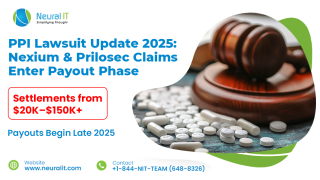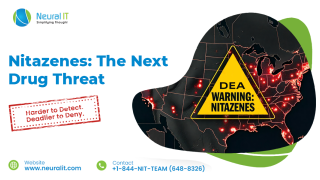Opioid addiction market to reach $2.4B by 2033
Opioid addiction market to reach $2.4B by 2033

Introduction
The opioid addiction market across eight major markets (8MM) is projected to grow at a compound annual growth rate (CAGR) of 1.8% from $2.0 billion in 2023 to $2.4 billion by 2033, according to a report by GlobalData.
The report, titled “Opioid Addiction: Opportunity Assessment and Forecast,” highlights that this growth will be primarily driven by an increase in diagnosed cases, higher treatment rates, and the introduction of four late-stage pipeline products: cannabidiol, mazindol controlled release (CR), probenecid, and TRV-734.
A Neurology Analyst at GlobalData explained that three of these pipeline products—cannabidiol, mazindol CR, and probenecid—are non-opioid treatments, with cannabidiol and mazindol CR expected to be used as adjunct therapies alongside the standard treatments for opioid use disorder (OUD). Probenecid, on the other hand, is intended for the treatment of opioid withdrawal syndrome (OWS) and is likely to gain market share from existing OWS medications.
The report forecasts that these late-stage pipeline products could collectively generate about $171.4 million in sales across the 8MM by 2033. Of these, Trevena’s TRV-734, which is intended for OWS treatment, is considered the most promising, potentially generating global sales of $77.6 million by 2033. TRV-734's partial mu-opioid receptor agonist mechanism allows it to produce some opioid-like effects but without triggering the full intensity of opioids, thereby limiting side effects and withdrawal symptoms typically associated with current opioid-based treatments.
While the OUD pipeline agents are expected to introduce new treatment mechanisms, they are unlikely to become first-line treatments. The need for effective non-opioid therapies that don’t target the mu receptor, and that could eventually replace opioids as first-line options, remains a priority.
The report also highlights that while the opioid addiction market is expected to grow until 2033, generic erosion will pose a significant challenge, especially in the U.S. market. In 2023, the U.S. represented the largest share of the opioid addiction market, accounting for 74.1% of total sales across the 8MM. This dominance is largely due to the U.S.'s larger patient population and the high cost of opioid addiction medications. However, by 2033, the U.S. market’s share of global sales is anticipated to decrease slightly to 70.5%.
This decline will be driven by the expiration of key drug patents, leading to increased sales of generic versions of major OUD treatments. Notable drugs facing patent expiries include Indivior’s Sublocade, an extended-release formulation of buprenorphine that was the top-selling OUD drug in 2023, Alkermes’ Vivitrol (naltrexone ER), Braeburn’s long-acting buprenorphine product Brixadi, and Orexo US’ Zubsolv (buprenorphine). As these patents expire, competition from generic alternatives will contribute to a decline in sales of these key therapies.
Despite these challenges, growth in diagnosed prevalence, rising treatment rates, and increasing awareness around opioid addiction are expected to be the primary drivers for market expansion. According to GlobalData’s projections, while the entry of generics will act as a barrier to higher growth, the market for opioid addiction treatments will continue to experience gradual growth as the demand for effective therapies increases across the 8MM.
In conclusion, the future of the opioid addiction market is shaped by both the opportunities presented by late-stage pipeline products and the challenges posed by patent expirations and generic competition. However, the growing number of diagnosed cases and a heightened focus on treating opioid addiction will continue to sustain the market’s expansion over the next decade




